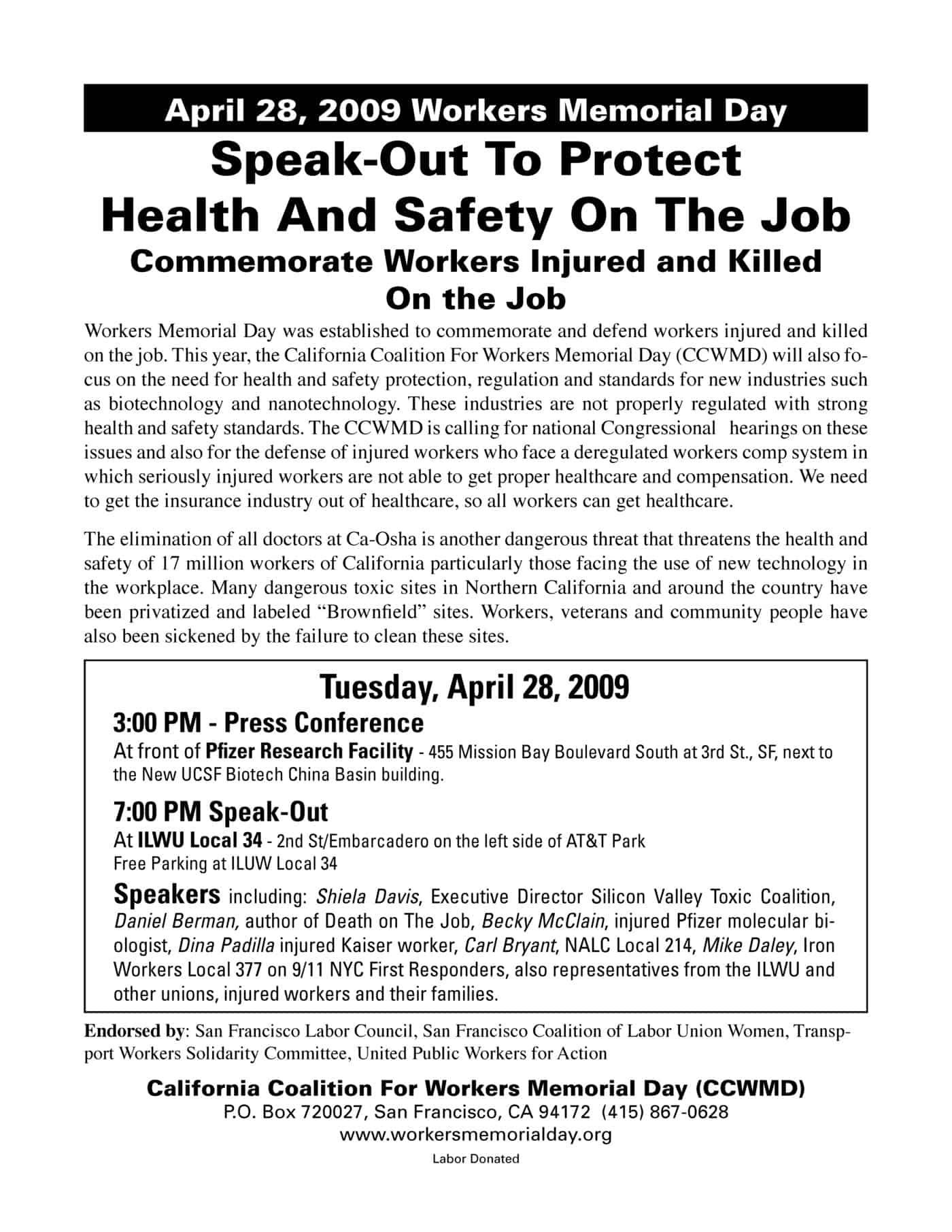I have experienced two situations recently which made me question the value of corporate mission statements.
Recently the CEO of an Australian company spoke about how safety was a core value and how committed to safety she was. She is a recognised leader in safety and directly involves herself in safety management and meetings. However, her employees in the audience were shaking their heads because the safety culture she espoused was not as widespread through the company structure as she believed.
The other situation was a staff meeting I attended with a regional CEO and International CEO where they were unaware that employees in regional offices and undertaking shiftwork had not been integrated into the corporation. In fact the shiftworkers had not been informed of the CEO visits until the last minute. The company has “integration” as a corporate value.
Leadership (a most dubiously-applied concept in my mind) and vision statements may “come from the top” but they do not flow by themselves to the four corners of a company. They must be worked on, almost as a full time mission.
Vision statements have been promoted in so many corporations that have fallen over through mismanagement that statements have become a bit of a joke, in most circumstances. Nothing kills motivation quicker than hypocrisy.
(This also occurs in organisations that begin a program of corporate restructure and positioning, and the first item on the agenda is a “sexy new logo.)
It is important to remember that Enron’s motto was “Respect, Integrity, Communication and Excellence.” If one thinks that Enron is an unfair corporate example, look at one’s own company statement and seriously ask yourself whether all elements of the company are operating to those standards. Perhaps, someone needs to provide corporate morality audits.
Lastly, any vision statement must accept and mention that the principal aim of any company is to make money (a fact I learnt from Peter Sandman). To omit this reality immediately shows that the statement is not grounded and is simply management spin.

